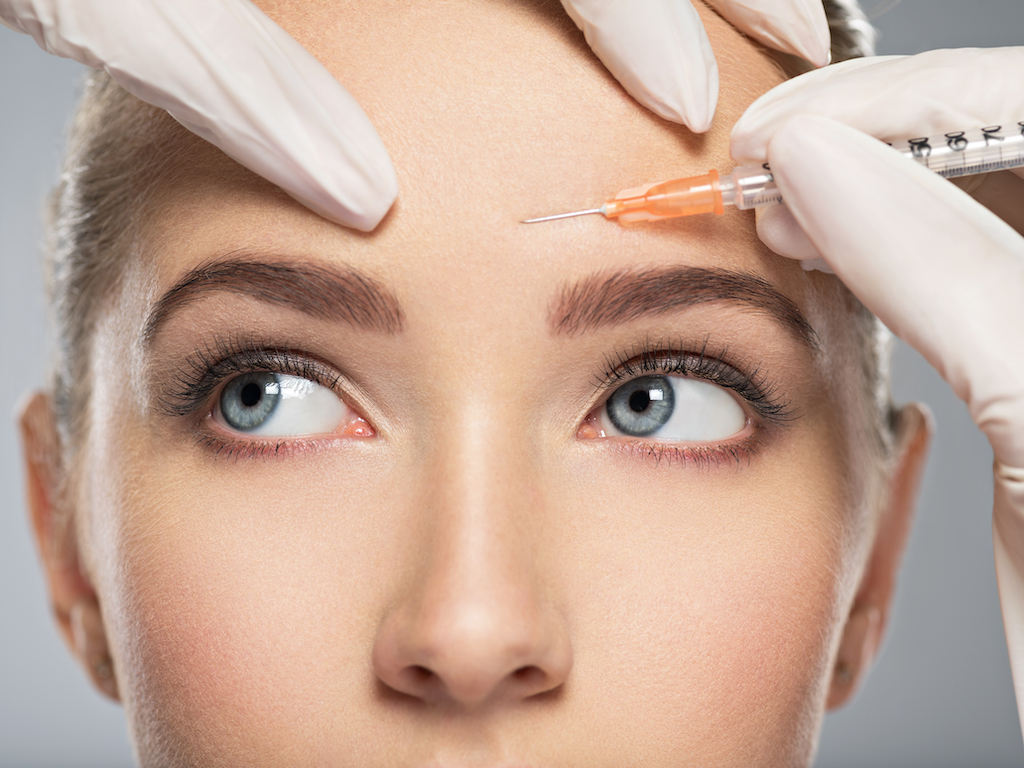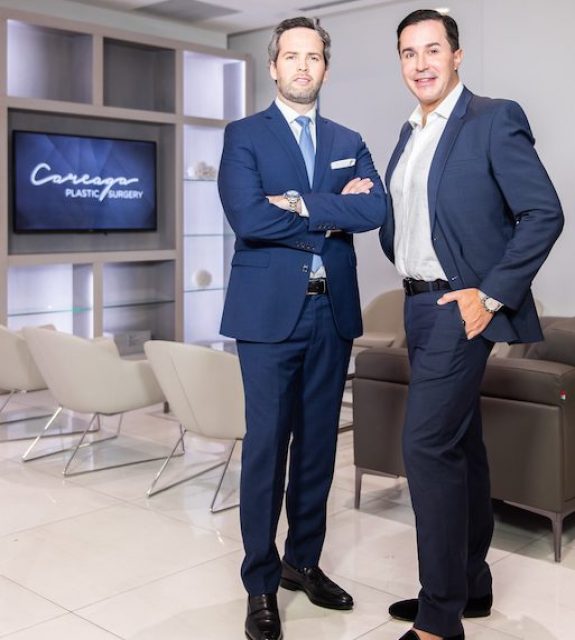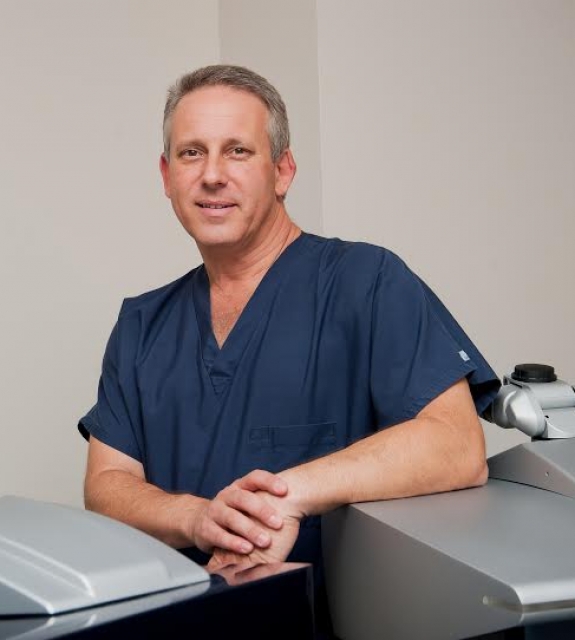Rachel M. Duke, NP, CANS, started her career of caring for patients in 1997 as a Registered Nurse. She worked in the Emergency Department and as an Organ Transplant Coordinator through 2004 before deciding to become a Nurse Practitioner. Through those experiences, she discovered a love for aesthetics and shifted her focus to the industry in 2005. In 2013, Rachel became Central Virginia’s first Certified Aesthetic Nurse Specialist. She trained with leading aesthetic experts across the country to perfect her craft, with a focus on delivering the best outcomes for her patients. She launched Richmond’s first nurse-owned and physician-independent Injectables Boutique in 2020. Rachel has been named one of America’s Top 100 Injectors since 2018, and Real Self tapped her as one of its Top 25 Injectors.
 Photo Credit: Shutterstock
Photo Credit: Shutterstock
I have wrinkles. Botox. I want my lips to be more defined. Fillers. I don’t like the fine lines by my eyes. Botox. I want to enhance the shallow contours of my face. Fillers. All customary uses of Botox and fillers, but is that all? As the gold standard of treatments in the world of aesthetic injections, there is a handful of uses that are misconstrued or simply unknown to the end-user. To get an overall scope on the benefits of both Botox and fillers, Haute Beauty expert Rachel Duke provides the fast facts.
Botox Fast Facts
Botox is a purified protein.
Botox is a protein complex that is used to temporally relax muscles. It is derived from a neurotoxin produced by the bacterium Clostridium botulinum called botulinum toxin. Botox is a brand name. There are four different types marketed under different names that have all been approved by the Food and Drug Administration (FDA): Botox, Xeomen and Jeuveau, and Dysport. The brand Botox is approved for use in 95 countries and has been the subject of more than 4,700 published studies, which makes it the most researched and one of the safest drugs available.
Botox is not just for wrinkles.
It is FDA-approved for three uses cosmetically and 12 uses medically. It can be used between the eyes, the forehead, and around the eyes. It is also
common to be injected in the lower face and neck for improvement in wrinkles and skin texture. Medical uses included neck spasms, excessive sweating, overactive bladder, lazy eye, and migraine treatments. It’s been called “the drug that treats everything.”

Photo Credit: Rachel Duke
Botox has been shown to treat depression.
Several studies show that depression was reported less with patients who were treated with Botox. Our emotions tend to be reflected in our facial expressions. So when we relax the facial muscles this connection is disrupted, showing no facial expressions of sadness or frowning. More recent research suggests that Botox can affect feedback from facial muscles to the brain that can alleviate negative emotions.
Botox treats muscles not skin.
Botox injections target muscles, not wrinkles. When injecting Botox, your provider is visualizing the muscles under your skin and how the muscle movements cause wrinkles to develop. For example, consider what happens if you crinkle or fold a piece of paper, folds and creases develop and cause wrinkles just like they do in normal muscle movements, especially in the upper face. So Botox can also have a preventive effect by relaxing muscle movements; it also keeps the wrinkles from getting worst or forming in the first place.
Filler Fast Facts
Fillers will not make your face look fat.
Fillers can actually narrow and contour the face. There is a myth that fillers can make the face look fat or fuller. Yes, we are adding volume; one syringe of filler is only of a teaspoon. So even though several syringes may be added during a treatment the total volume is small. It’s all about precise placement. When placed appropriately by a skilled injector, fillers can be used to contour the cheeks and jawline, minimizing the appearance of jowls and thinning the face.
Not all fillers are created equal.
There are a slew of injectable fillers on the market. The most commonly used ones are hyaluronic acid. They are available as different-size molecules with different thickness and cohesivity or stickiness. Because of this, the best fillers will be chosen by your provider depending on desired goals, needs, and outcomes. Certain fillers provide better volume replacement while others can provide a beautiful plump lip or can even soften fine lines, for instance.

Photo Credit: Rachel Duke
Fillers can stimulate collagen and fat.
Renuva is an injection that, over time, is replaced with your body’s own fat. This is a great option for patients who have suffered age-related volume loss or need significant volume replacement. Sculptra and Radiesse are both injectables that stimulate collagen production. The results with these products happen over time, so while you don’t get the instant gratification you do with hyaluronic acid fillers, you do achieve longer results.
Filler placement will change as you age.
More youthful patients usually desire fillers for contouring and definition. At this time in life, fillers are used to help correct early signs of aging such as fat loss in cheeks or the early signs of nasolabial folds. More youthful patients may also desire a sharper contour to the face known as a “snatched” jawline or lip augmentation. When you become more mature, fillers can help add age-related volume loss. Not only will you require cheek fillers, but you may also need fillers in the temples and lower face for nasolabial folds and marionette lines. Filler placement can also help improve fine lines around the mouth and deflation in the lips.





















